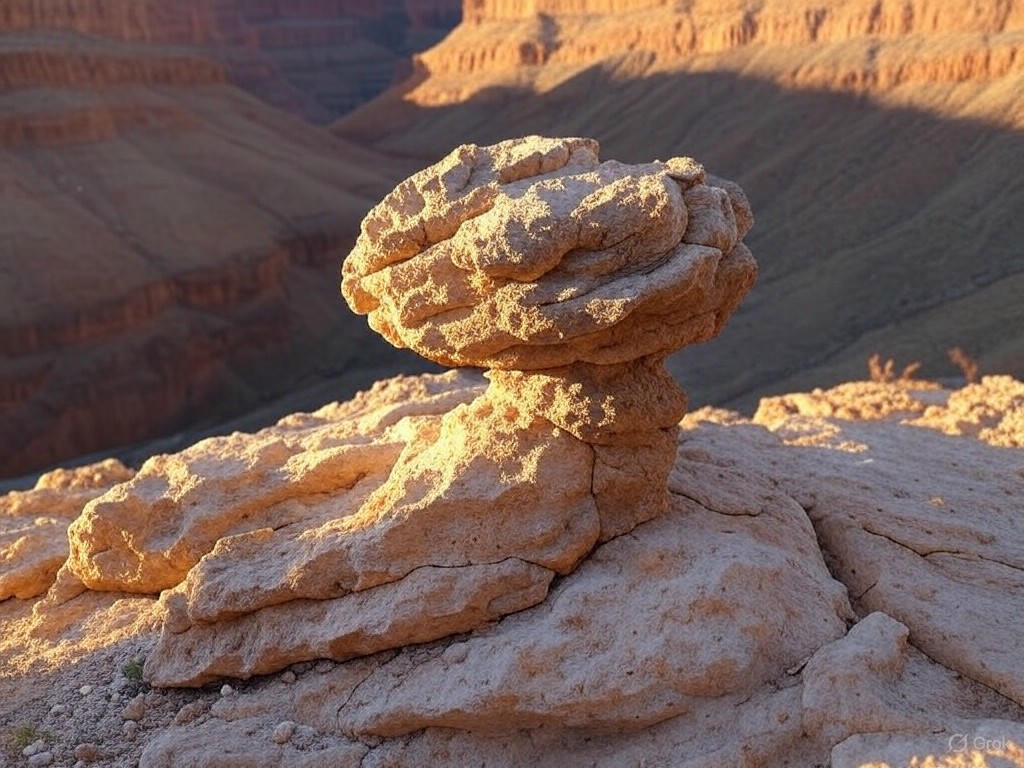Unveiling Earth’s Ancient Secrets: Grand Canyon Rocks Redefine Geological History
A groundbreaking discovery in the Grand Canyon has sent ripples through the scientific community, challenging long-held beliefs about Earth’s ancient past. Researchers studying the iconic rock layers of this natural wonder have uncovered evidence that could rewrite the story of life on our planet, dating back over 500 million years. The Cambrian-age formations, specifically a series of sedimentary layers known as the Tonto Group, have revealed astonishing insights into a pivotal era when life exploded in diversity, reshaping the planet’s biological landscape.
Nestled within the rugged depths of the Grand Canyon, these ancient rocks have long been a treasure trove for geologists. However, recent analyses of their composition and fossil records have unveiled surprises that defy traditional geological timelines. Scientists have identified unique patterns in the sediment that suggest rapid environmental shifts during the Cambrian period, a time when complex organisms first emerged in abundance. This ‘Cambrian Explosion,’ as it is often called, marked a turning point in Earth’s history, and the newly studied layers provide a clearer window into the conditions that fueled this remarkable transformation. The findings indicate that dramatic changes in ocean chemistry and climate may have occurred much faster than previously thought, prompting a reevaluation of how life adapted to such dynamic surroundings.
What makes this discovery even more compelling is its potential to reshape our understanding of evolutionary processes. The fossils embedded in the Tonto Group rocks include traces of early marine creatures, some of which display traits that blur the lines between previously distinct species classifications. This suggests that the diversification of life during the Cambrian era was not just widespread but also incredibly intricate, with ecosystems forming and collapsing in rapid succession. Researchers are now using advanced dating techniques and chemical analysis to piece together a more detailed timeline of these events, hoping to uncover whether external factors—such as volcanic activity or asteroid impacts—played a role in triggering these sudden shifts.
Beyond the scientific implications, this discovery serves as a reminder of the Grand Canyon’s enduring role as a living laboratory. Each layer of rock tells a story of Earth’s distant past, offering clues that continue to surprise even the most seasoned experts. As studies progress, there is growing excitement about what other secrets these ancient formations might hold. Could there be more evidence of undiscovered species or environmental upheavals waiting to be found? The possibilities are as vast as the canyon itself.
This remarkable find not only reshapes geology textbooks but also ignites curiosity about our planet’s formative years. It underscores the importance of preserving natural wonders like the Grand Canyon, where the past is etched into every cliff and crevice. As scientists delve deeper into these ancient rocks, they are not just uncovering history—they are redefining it, one layer at a time, ensuring that our understanding of Earth’s story continues to evolve with each new revelation.


